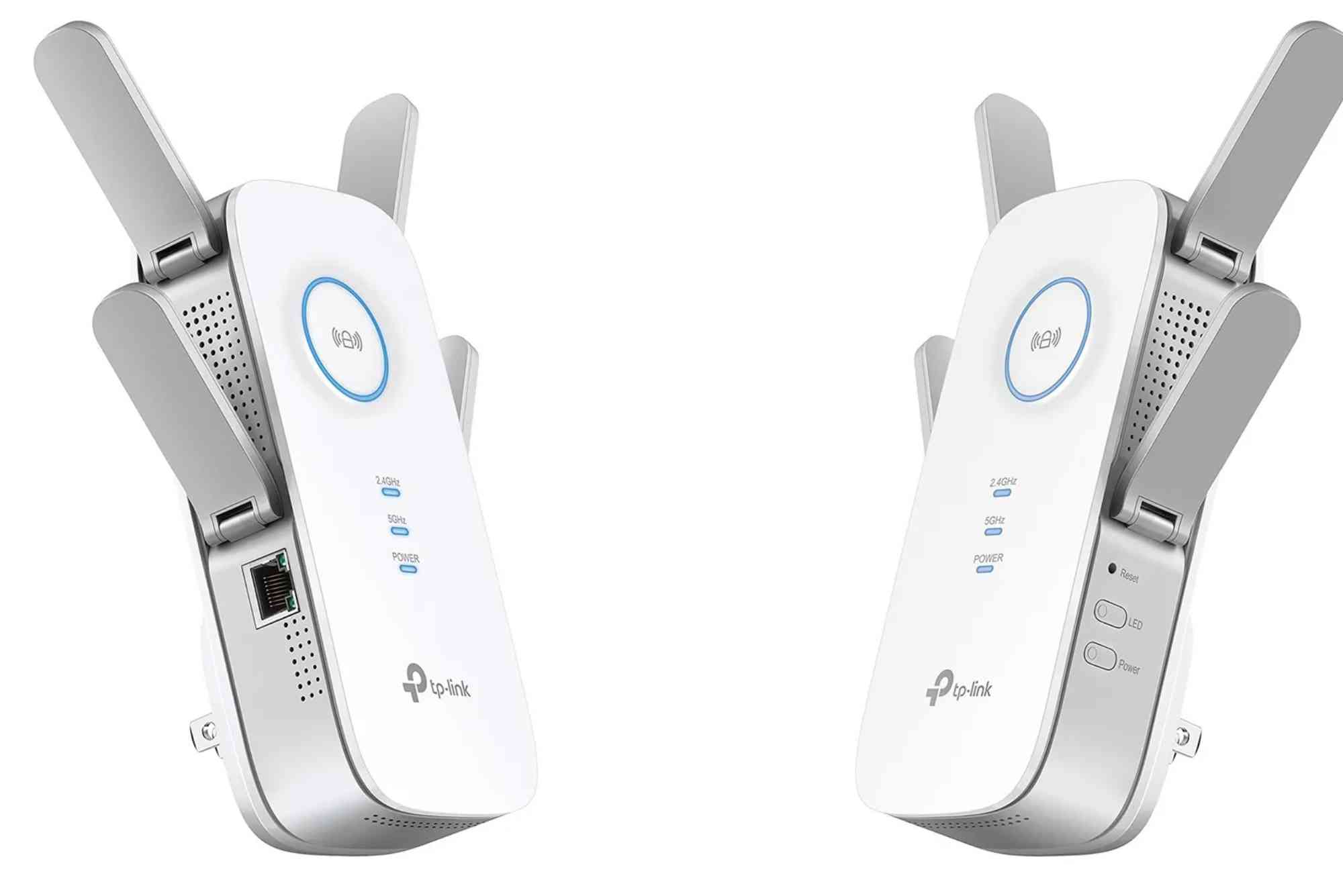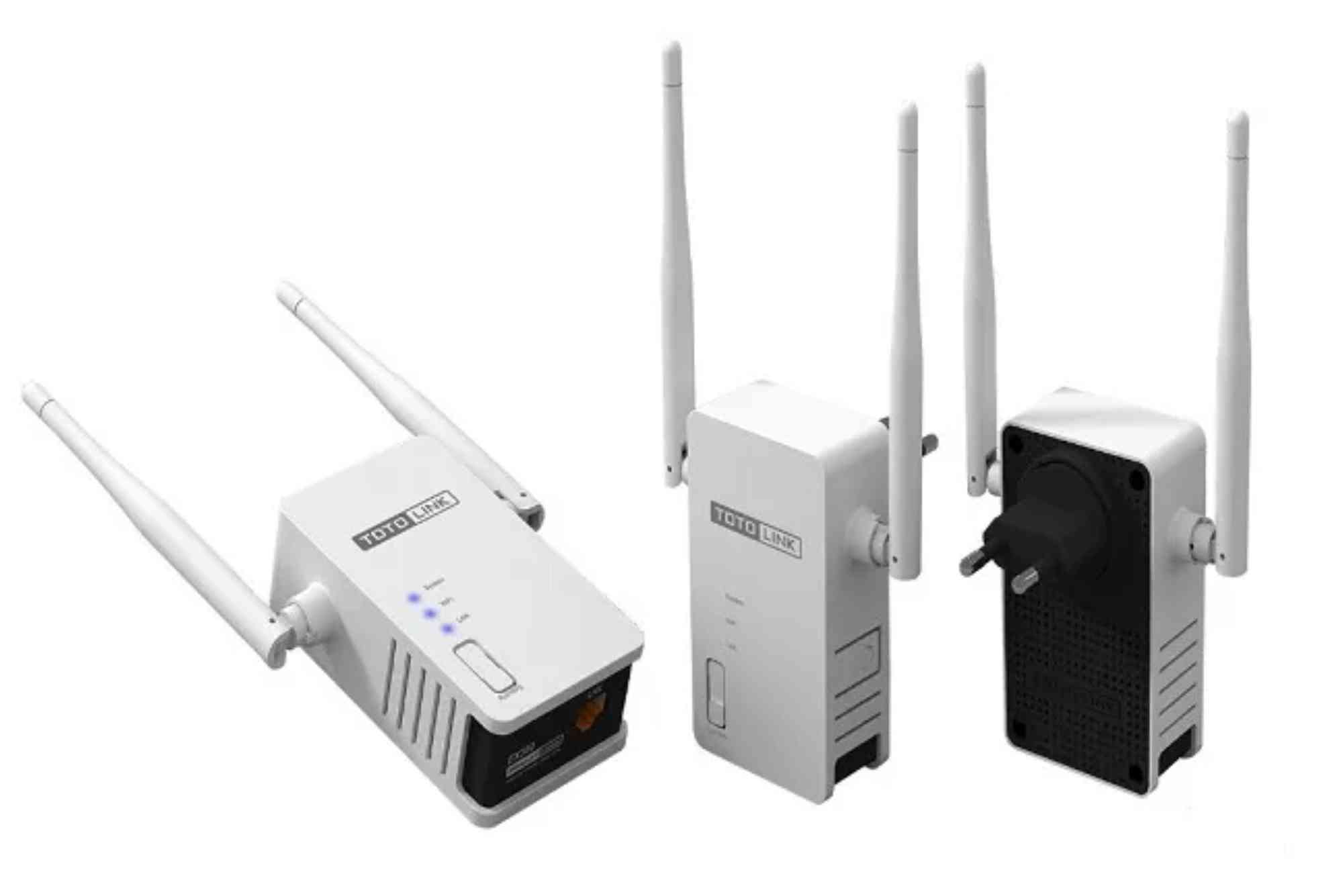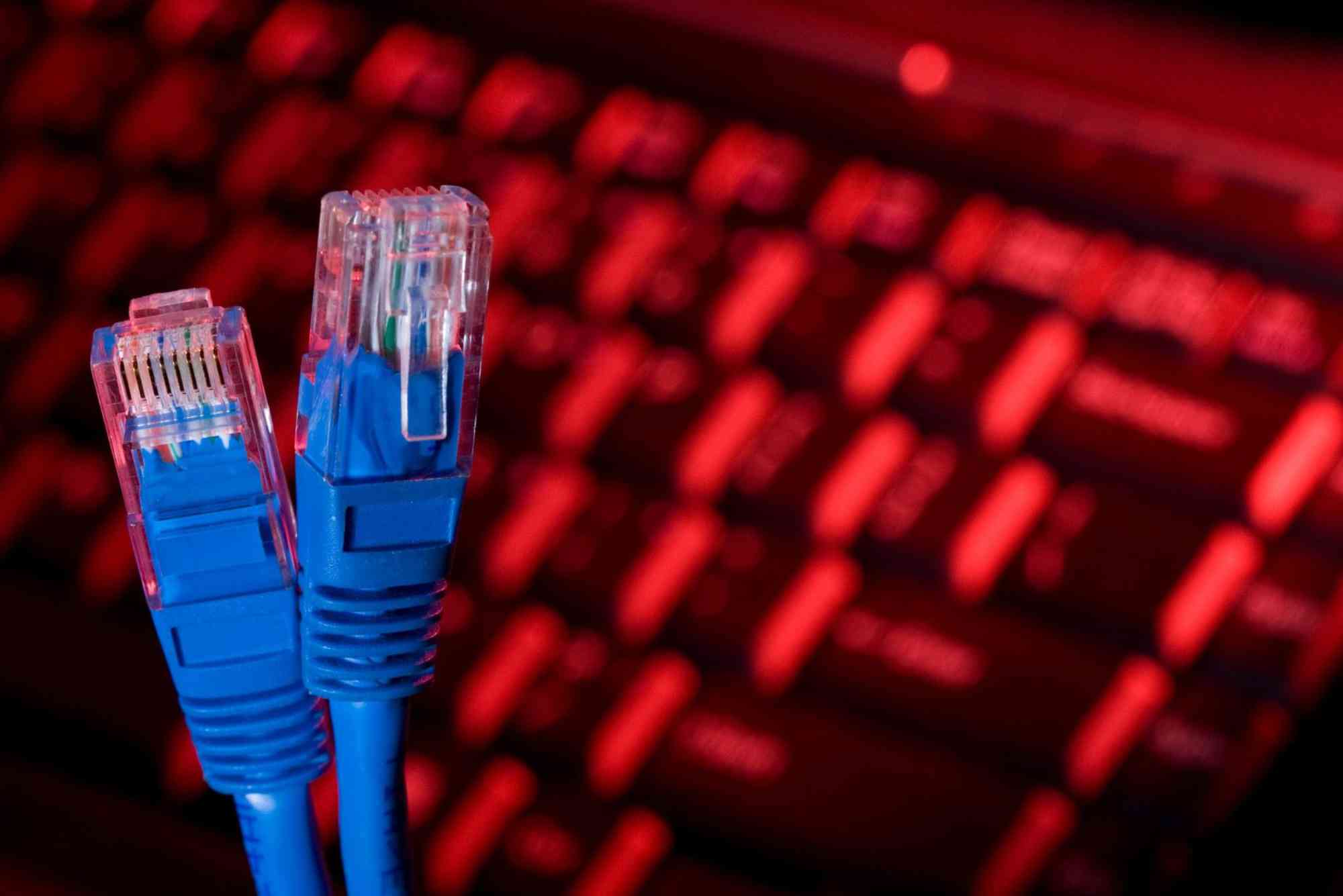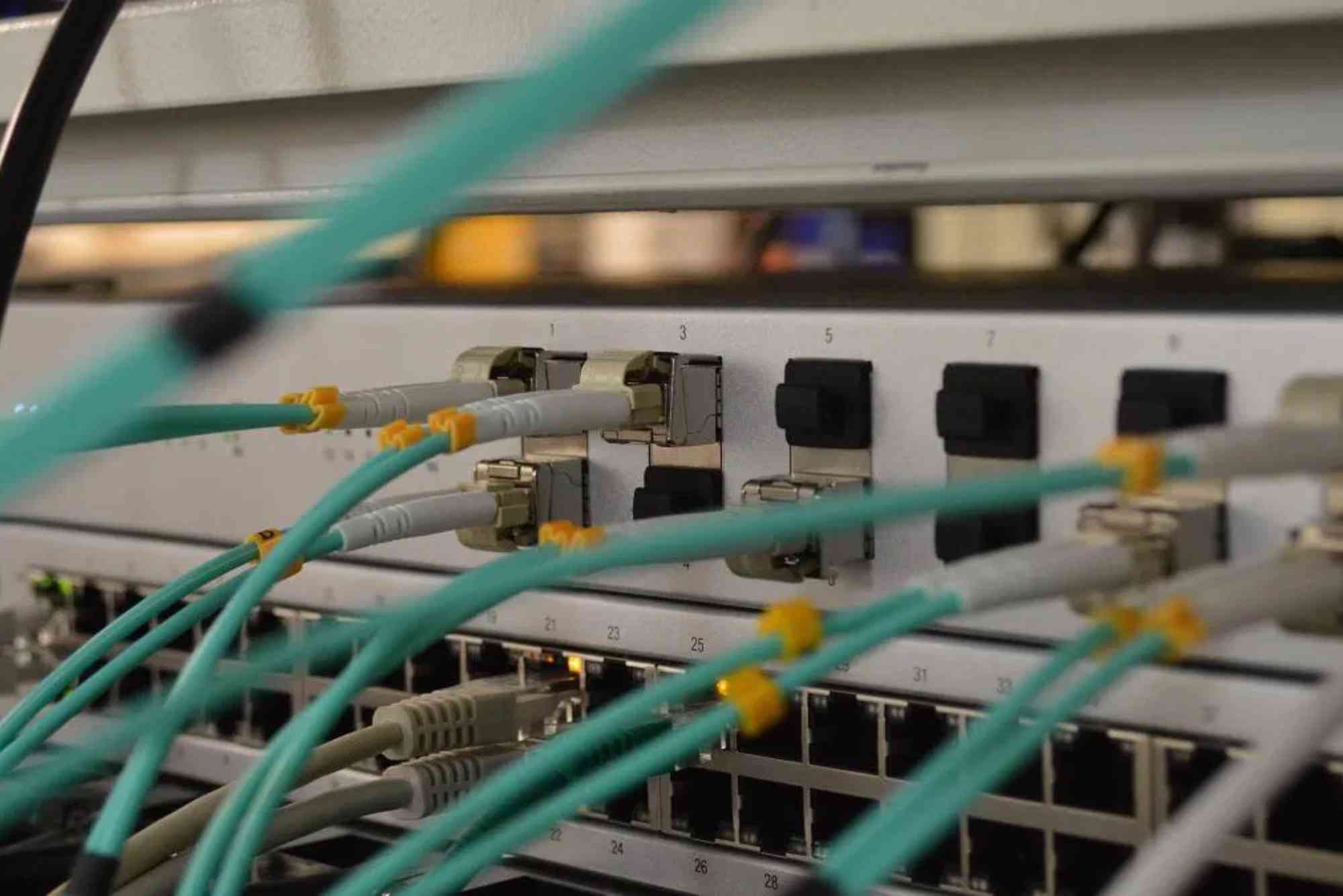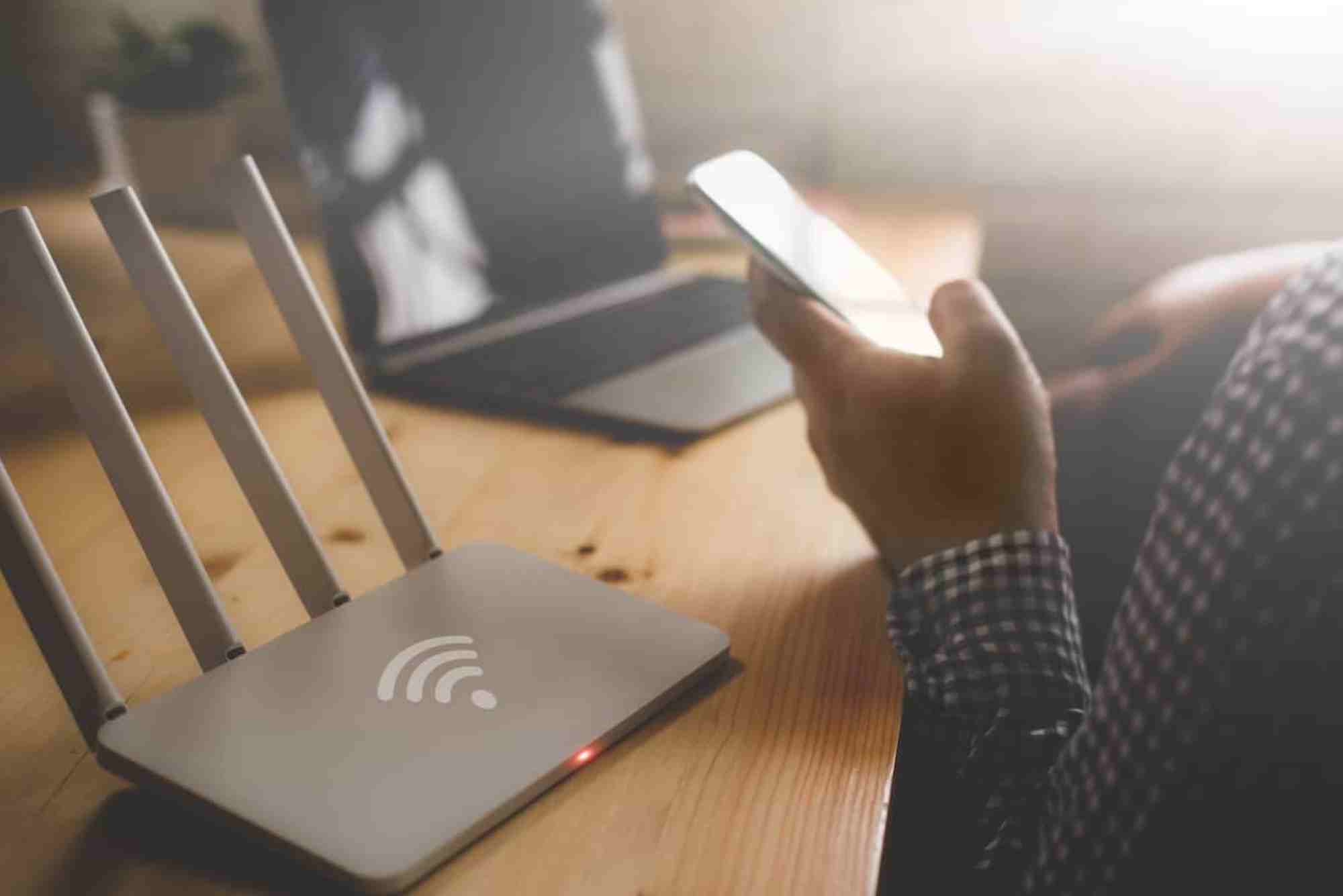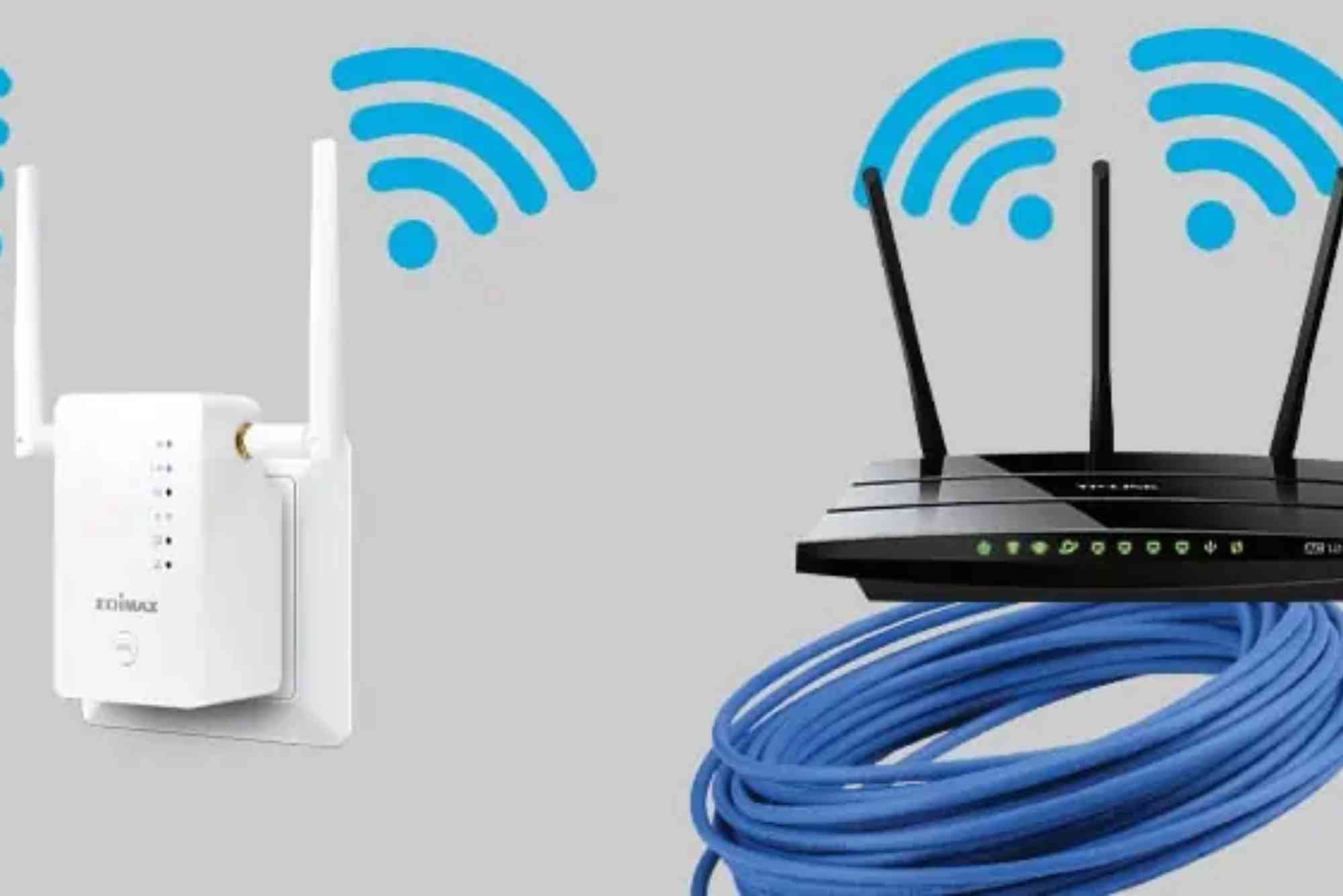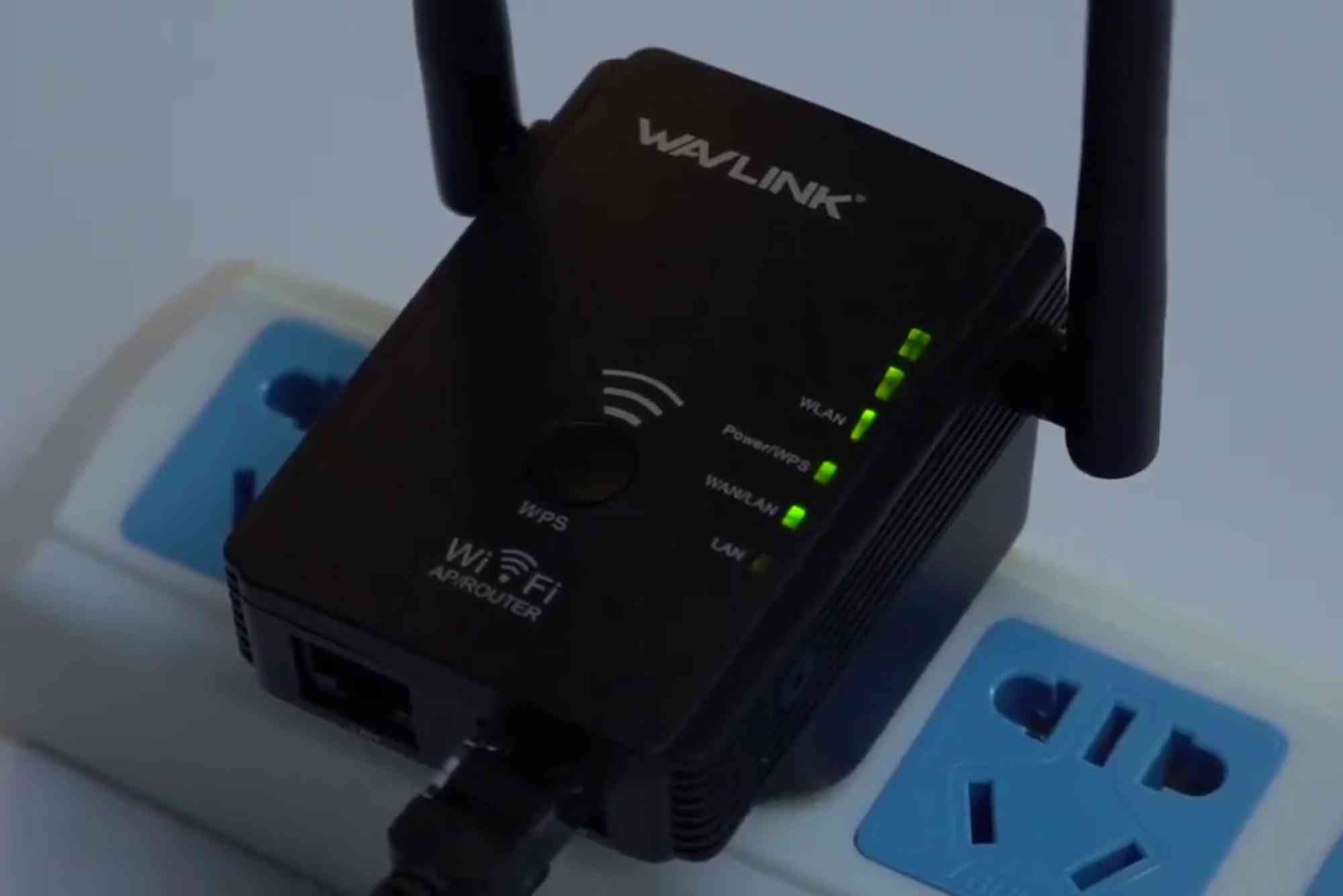How to Detect Unauthorized Devices on Your Network
Have you ever noticed your internet running slower than usual? Sometimes, the culprit isn’t your internet provider but unauthorized devices using your Wi-Fi. Learning how to detect unauthorized devices on network is a crucial step in protecting your personal data, keeping your speed consistent, and ensuring only trusted users are connected.
In this guide, we’ll cover practical steps to identify unknown devices, tools to use, and security measures to prevent future intrusions.
Why Detecting Unauthorized Devices Matters
Unauthorized devices on your network aren’t just freeloaders—they can be security threats. They may:
- Steal your internet bandwidth.
- Compromise sensitive personal or financial data.
- Install malware or launch attacks from within your network.
By regularly monitoring your devices, you safeguard both your speed and your digital privacy.
How to Detect Unauthorized Devices on Network
Check Your Router’s Admin Panel
Your router keeps a log of all devices connected to your network. To access it:
- Open a web browser and type your router’s IP address (commonly
192.168.1.1). - Log in with your admin credentials.
- Look for sections like Device List, Attached Devices, or DHCP Clients.
Compare the listed devices with the gadgets you own. Any unfamiliar names may be unauthorized.
Use Network Scanning Tools
If you want more detailed information, try network scanning apps like:
- Fing (Mobile app): Detects all devices and shows details like IP and MAC addresses.
- Angry IP Scanner (Desktop): A simple yet powerful tool for scanning your local network.
- Advanced IP Scanner (Windows): Lists active devices and their properties.
These tools make it easier to spot devices that shouldn’t be there.
Identify Devices by MAC Address
Every device has a unique identifier called a MAC address. If you’re unsure about a device:
- Check the MAC address in your router’s device list.
- Compare it with the MAC addresses of your own devices (found in Wi-Fi settings).
- If it doesn’t match, it’s likely unauthorized.
Look for Unusual Network Activity
Suspicious activity may signal an unknown device:
- Internet slows down suddenly.
- Router lights blink excessively when no one’s using the internet.
- You see unfamiliar names in your streaming or smart home apps.
Such patterns may indicate unauthorized access.
Enable Alerts and Monitoring
Some modern routers and apps allow you to:
- Receive notifications when a new device connects.
- Monitor bandwidth usage per device.
- Block unknown devices instantly.
This proactive step helps you stay ahead of intruders.
Preventing Unauthorized Devices from Joining
Change Your Wi-Fi Password Regularly
Using strong, unique passwords prevents hackers from guessing or brute-forcing entry. Avoid easy words like “12345678” or “password.”
Enable WPA3 or WPA2 Encryption
Encryption makes it harder for unauthorized devices to connect without the correct key. WPA3 is the latest and most secure option.
Hide Your SSID
Routers broadcast your Wi-Fi name (SSID). Hiding it makes your network less visible to casual intruders.
Set Up a Guest Network
If visitors often use your Wi-Fi, create a guest network. This separates their devices from your primary network, reducing security risks.
Limit Connected Devices
Some routers allow you to set limits on how many devices can connect. This prevents strangers from sneaking in unnoticed.
Use Firewalls and Security Software
Firewalls filter traffic, and antivirus software blocks malicious activity if unauthorized devices attempt attacks.
Professional Help for Network Security
If you find unauthorized devices repeatedly, it may be time to seek professional help. Services like Dhanote Internet Services not only provide reliable internet but also offer expert solutions to secure your network.
FAQs
Q1: How can I see all devices connected to my Wi-Fi?
You can log in to your router’s admin panel or use apps like Fing to view all connected devices.
Q2: How do I block unknown devices on my network?
Use your router’s device management settings to block specific MAC addresses or change your Wi-Fi password.
Q3: Can unauthorized devices slow down my internet?
Yes, extra devices consume bandwidth, making your internet sluggish.
Q4: How often should I check my Wi-Fi for unknown devices?
At least once a month or whenever you notice unusual network behavior.
Q5: What’s the best way to prevent Wi-Fi hacking?
Use strong passwords, enable WPA3 encryption, and set up a guest network for visitors.
Unauthorized devices can compromise both your speed and your security. By learning how to detect unauthorized devices on network, you take control of your digital environment. From checking your router’s admin panel to using scanning apps, these steps help ensure your Wi-Fi remains safe.

